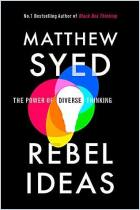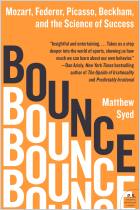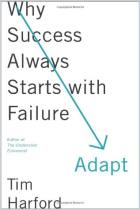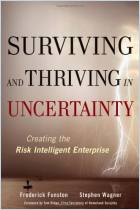
Black Box Thinking
Why Most People Never Learn from Their Mistakes – But Some Do
Recommendation
People usually view their own failures with shame and see others who fail as humiliated. When facing public condemnation due to a failure, many individuals and institutions yield to the self-serving need to cast blame on others, including the victims. Journalist Matthew Syed propounds a different view of failure. In addition to research on its utility, he includes personal anecdotes of failures and rebounds. He suggests applying aviation’s “black box” mind-set – drawing information from hard circumstances – to reveal new insights and spur progress. Many corporations already rely on failure-based testing to improve their products and services. Syed teaches that a rational approach to failure promotes the personal and institutional perseverance to inquire, innovate and improve. getAbstract recommends his unique guide to achieving success through fearless failure.
Summary
About the Author
British table tennis champion Matthew Syed began developing his insights about failure and success while competing in the Barcelona Olympics. The author of Bounce, he’s a columnist for the Times of London and co-founded the charity Greenhouse Sports to help disadvantaged youth.



















Comment on this summary or Comenzar discusión